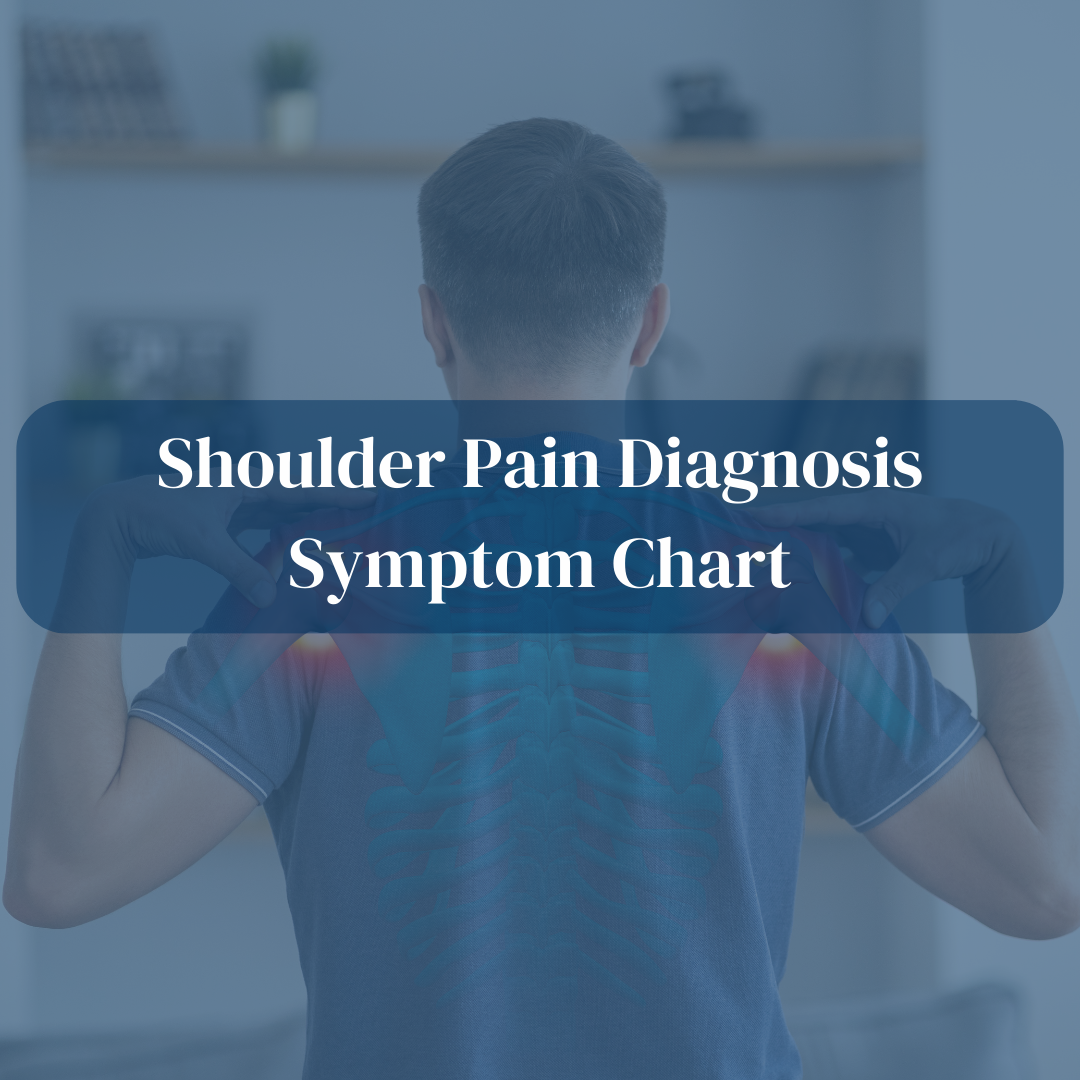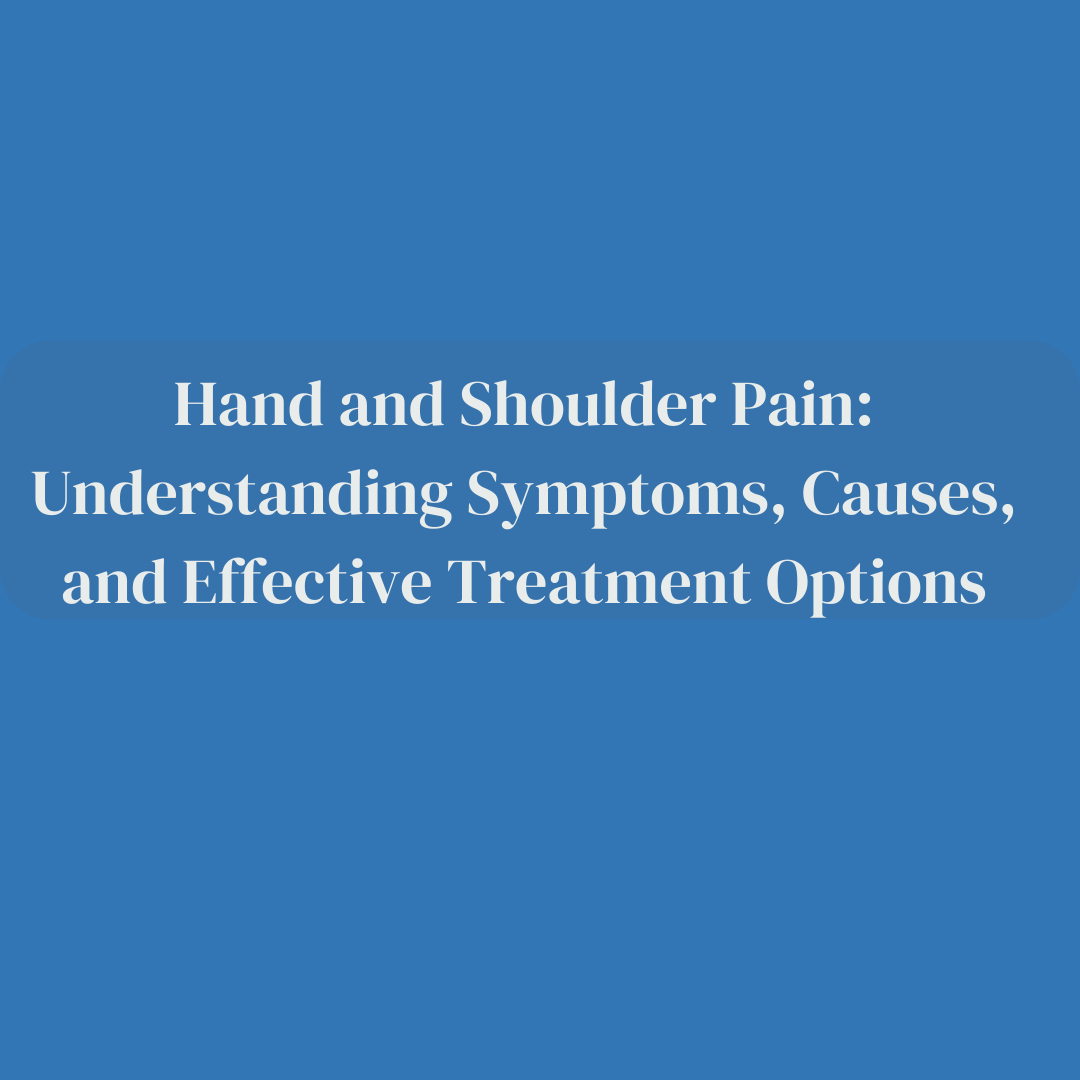Introduction
Understanding the intricacies of shoulder anatomy lays the foundation for deciphering the language of pain. This article goes beyond the surface, delving into the core components that contribute to the delicate equilibrium of the shoulder joint. Our mission is to equip you with a profound understanding, transcending the conventional boundaries of knowledge. Join us as we explore the common causes of shoulder pain, from the delicate interplay of the rotator cuff to the challenges posed by frozen shoulder and the nuanced inflammation of bursitis and tendonitis. Each section is a gateway to a deeper comprehension, shedding light on the distinctive characteristics that set each condition apart.In this detailed guide, we emphasize the importance of seeking professional diagnosis. We acknowledge that while awareness is a powerful tool, the expertise of healthcare professionals is irreplaceable. From orthopedic specialists to physical therapists, these professionals possess the knowledge to conduct thorough examinations, utilizing diagnostic imaging techniques that unravel the mysteries within your shoulder joint.
Understanding Shoulder Anatomy
To truly grasp the intricacies of shoulder pain, one must delve deep into the architectural marvel that is the shoulder anatomy. The shoulder joint, often likened to a ball and socket, involves the cooperation of three bones: the humerus, scapula, and clavicle. Picture this as a dynamic dance, where each bone plays a vital role in the symphony of movement.
Muscles: The Powerhouses Behind Motion
Moving beyond bones, muscles emerge as the true powerhouses. The rotator cuff muscles—supraspinatus, infraspinatus, teres minor, and subscapularis—form a protective cloak around the shoulder, facilitating rotation and stability. Understanding their role is paramount, as any disruption can manifest as pain and limited mobility.
Tendons and Ligaments: Connective Tissues as Architects
Tendons and ligaments act as the architectural scaffolding, connecting muscles to bones and stabilizing the joint. The glenoid labrum, a ring of cartilage, deepens the socket, enhancing stability. An imbalance in this delicate interplay can result in a cascade of issues, highlighting the importance of a harmonious collaboration.
Synovial Fluid: Lubricating the Dance
Within the joint resides synovial fluid, akin to the oil that lubricates a finely tuned machine. This fluid minimizes friction, ensuring seamless movement. Disruptions, whether due to injury or inflammation, can compromise this lubrication, leading to discomfort.
Common Causes of Shoulder Pain
Now, let’s unravel the tapestry of common causes that may lead to shoulder pain, disrupting the harmonious dance of the shoulder joint.
Rotator Cuff Injuries: The Guardian’s Vulnerability
The rotator cuff, a guardian of shoulder stability, is susceptible to injury. Overexertion, repetitive movements, or sudden trauma can lead to tears or inflammation in these crucial muscles and tendons. The result? Pain, weakness, and limited range of motion.
Frozen Shoulder (Adhesive Capsulitis): The Stiffening Embrace
Frozen shoulder, or adhesive capsulitis, unfolds as a gradual stiffening of the shoulder joint. This condition restricts movement, making routine tasks challenging. As the capsule surrounding the shoulder thickens and tightens, discomfort sets in, impacting both mobility and comfort.
Bursitis and Tendonitis: Inflammatory Intricacies
Inflammation can disrupt the shoulder’s delicate equilibrium, leading to conditions like bursitis and tendonitis. Bursitis involves the inflammation of the bursa sac, while tendonitis targets the tendons. Both conditions contribute to swelling, tenderness, and pain, often linked to repetitive motions or overuse.
Instability and Dislocations: The Unsettled State
Shoulder instability, arising from loose ligaments, can result in frequent dislocations. The shoulder, designed for controlled movement, becomes unpredictable. Recurring dislocations lead to chronic pain, necessitating attention to restore stability.
Arthritis: The Wear and Tear
Arthritis, particularly osteoarthritis and rheumatoid arthritis, can afflict the shoulder joint. The gradual wear and tear of cartilage in osteoarthritis and the immune system’s assault in rheumatoid arthritis both contribute to pain and stiffness.
Decoding Shoulder Pain Symptoms
Understanding the root causes sets the stage for decoding the intricate language of symptoms. Your body communicates through pain, and recognizing these signals is pivotal for early intervention and effective management.
Persistent Ache or Sharp Pain (Rotator Cuff Issues)
Persistent ache or sharp pain, especially during specific movements, may signal a rotator cuff problem. Pay attention to the location of the pain, as it can indicate which tendon is affected.
Gradual Loss of Motion (Frozen Shoulder)
If you notice a gradual loss of motion, particularly when reaching overhead or behind your back, it could be indicative of frozen shoulder. Early detection is crucial for effective management.
Swelling and Tenderness (Bursitis and Tendonitis)
Swelling accompanied by tenderness in the shoulder region may point to bursitis or tendonitis. Recognizing these symptoms early on can prevent the condition from worsening.
Instability and Clicking Sensations (Shoulder Instability)
Feelings of instability or clicking sensations during movement may signify shoulder instability. If left unaddressed, this can lead to recurrent dislocations and chronic discomfort.
Radiating Pain (Nerve Compression)
Radiating pain down the arm may indicate nerve compression, often associated with conditions like herniated discs or pinched nerves. Identifying the source of compression is crucial for targeted treatment.
Night Pain and Discomfort (Arthritic Conditions)
Pain that intensifies at night, especially during rest, might be indicative of arthritic conditions affecting the shoulder joint. Understanding the nature of this discomfort aids in tailoring treatment approaches.
Seeking Professional Diagnosis
While understanding symptoms is valuable, obtaining a professional diagnosis is essential for accurate and targeted treatment. The intricate nature of shoulder pain demands the expertise of healthcare professionals.
Orthopedic Specialists: Masters of Musculoskeletal Health
Orthopedic specialists are key players in the diagnosis of shoulder pain. These medical experts specialize in the musculoskeletal system, possessing a profound understanding of bones, muscles, and joints. When shoulder pain persists, seeking the expertise of an orthopedic specialist ensures a comprehensive evaluation.
Physical Therapists: Guiding Rehabilitation
Physical therapists play a pivotal role in shoulder pain management. Through targeted exercises and rehabilitation techniques, they address muscular imbalances, enhance flexibility, and promote overall joint health. Engaging with a physical therapist can be transformative in restoring shoulder function.
Diagnostic Imaging: Unveiling the Invisible
To supplement clinical evaluations, diagnostic imaging becomes a powerful tool. X-rays, MRIs, and ultrasound provide a detailed glimpse into the internal structures of the shoulder joint. These images aid healthcare professionals in identifying issues such as tears, inflammation, or structural abnormalities.
Conclusion
In conclusion, recognizing and interpreting shoulder pain symptoms is a crucial step towards effective management. Whether it’s a rotator cuff injury, frozen shoulder, or inflammatory conditions like bursitis and tendonitis, early detection is key. Remember, this guide serves as an informative resource, but consulting with a healthcare professional is paramount for accurate diagnosis and tailored treatment plans.
Ready to explore your options for chiropractic and physiotherapy? Contact SwastyaPhysio today to schedule a consultation and discover the best path to your wellness journey. We’re here to support your health every step of the way.
Banaswadi | HBR layout | Kalyan Nagar | Kammanahalli | Horamavu | Hennur






